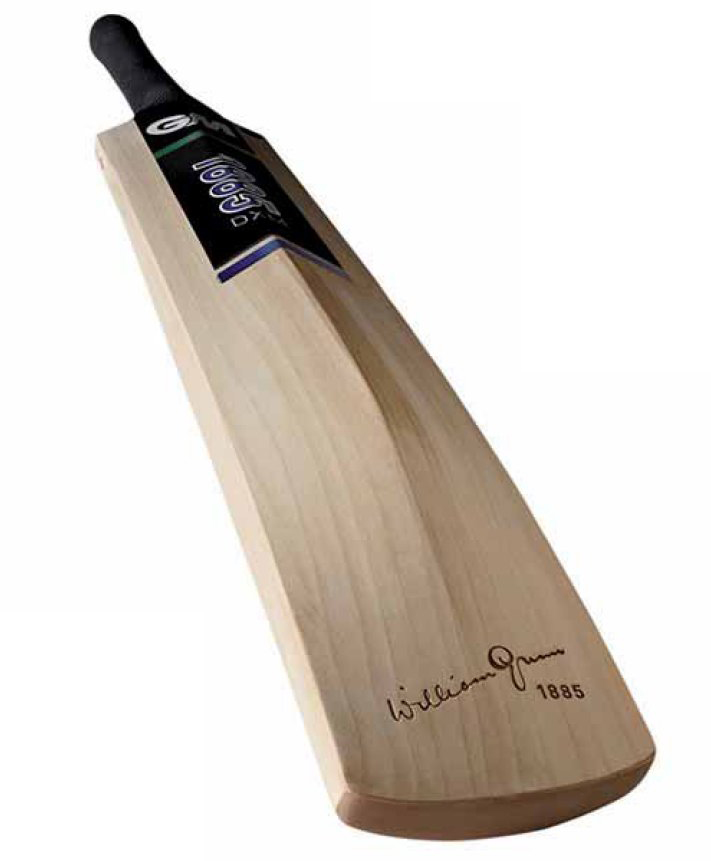Willow is to England like Teak is to Asia, both evoking particular associations: with willow it is cricket greens and the sound of leather against the creamy wood. Willow is a wonderfully adaptable tree, used for everything from flood defences to basket weaving. Its timber can easily be carved, and is most famously used for the crafting of cricket bats. The use of willow in basket making is a uniquely honest process, where the designer is not only processing the materials and converting them into objects, but also growing and harvesting them. The process of making wicker begins with the material in its most natural state. Lee Dalby, one of the UK’s most well-known wicker craftsmen, describes cultivating willow in the winter, ‘it is important to be involved in the seasonal process. This time of year the sap is in the ground and not in the fibres, which makes the wood too soft. The branches are bundled to let them dry out ready for working. When they are ready to be woven they can be soaked to make them malleable and soft to weave’.
The true definition of wicker is woven willow, and there are two main types of construction recognized in the ancient process of basket making: the frame basket, where the basket is built around a frame made from a variety of materials, and the stake and strand basket, where the starting point is a base that is made by working upwards to the top. The tree yields offshoots and branches that grow in long, uninterrupted lengths, making willow an ideal material for weaving.
Image: Gunn and Moore English willow cricket bat

•Comparatively lightweight: 450 kg/m3 (28 lbs/ft3)
•Straight, fine and even grained
•Easy to work
•Resilient to cracking
•Shock resistant
•Good flexibility
Sources
Willow grows mainly in Europe, Western Asia, North Africa and the USA. The cultivation of willow for cricket bats is undertaken largely by specialist UK growers.
Cost
Solid willow is moderately priced and willow reeds are inexpensive.
Sustainability issues
Willow is rapid growing, and because it is often planted by river banks, where its roots reinforce the banks, it has a role to play in nature conservation and soil erosion. In the Netherlands it is also used to stabilize sea defences by the use of ‘polder’ mats – huge woven mats of willow which are sunk into the water.
Production
In the form of wickerwork, willow is hand woven to make anything from architectural structures to baskets. Surprisingly, however, it is poor for steam bending.
Typical applications
Apart from cricket bat blades and wickerwork, willow is also used for crates, toys, clogs and flooring, and it is sliced and used for decorative moiré veneers. Apart from these designfocused applications, the willow tree is also planted by riverbanks, where its roots reinforce the banks.
| + | – |
|
–Easy to work –Shock resistant –Lightweight –Flexible –Sustainable |
–Poor steam bending |
